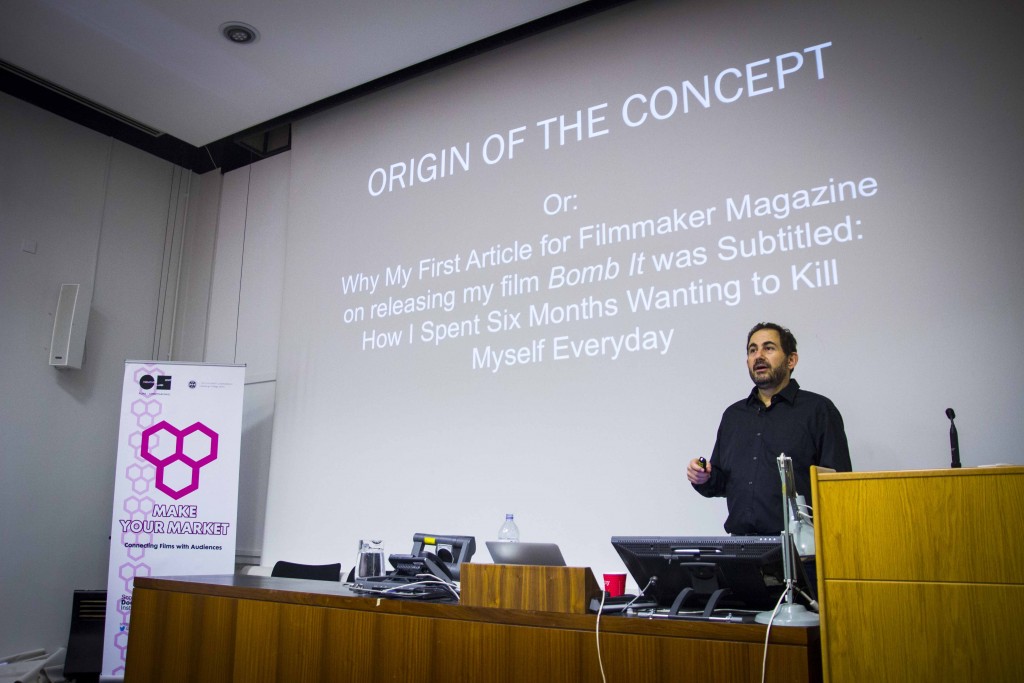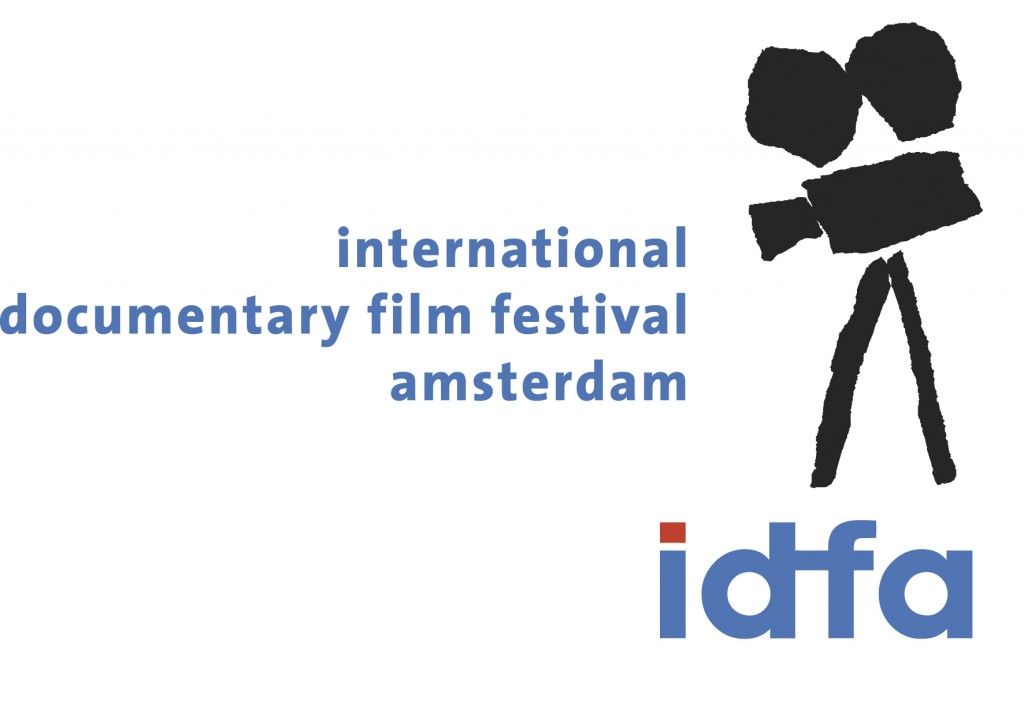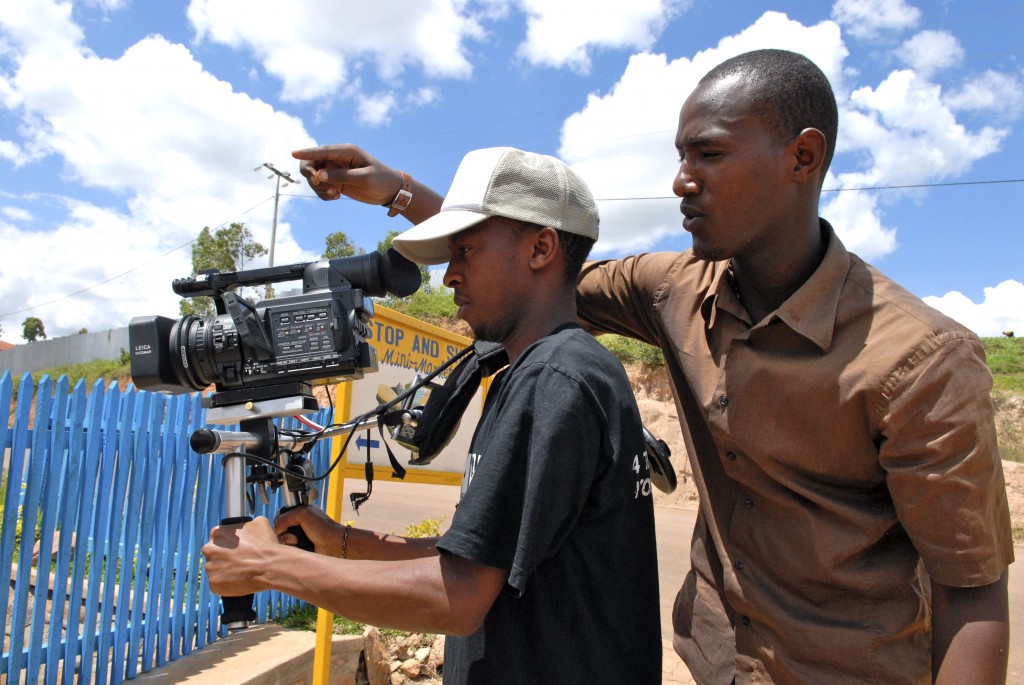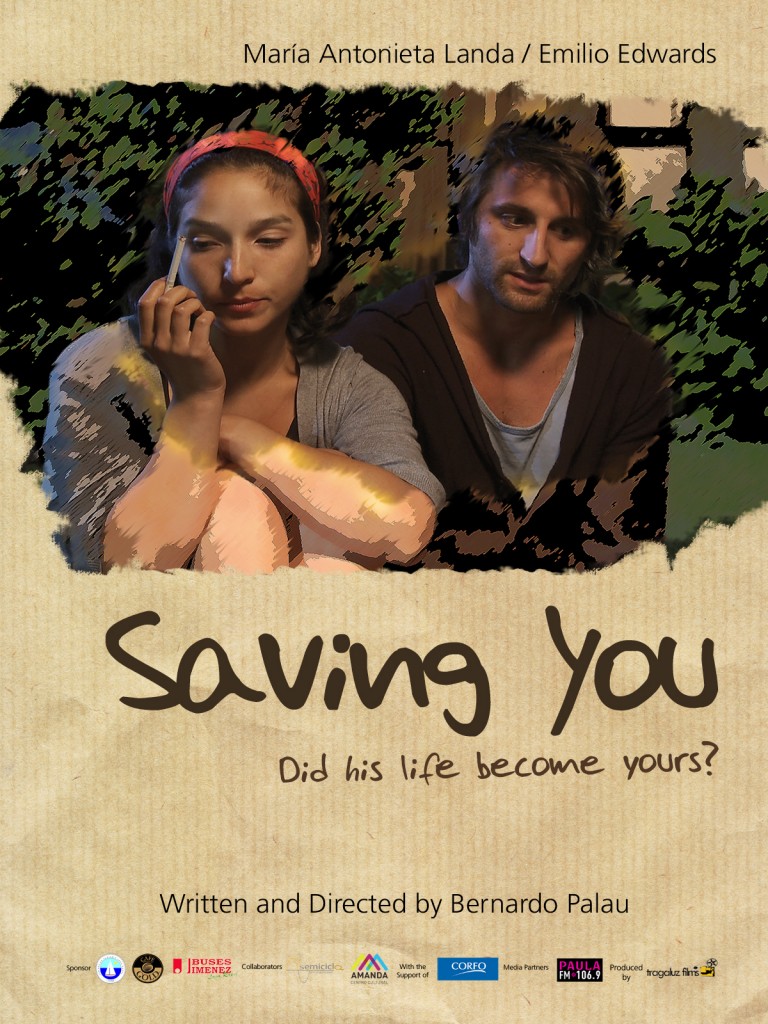The Power of Social Advertising A Case Study on 3100:RUN AND BECOME

I recently sat down with documentary filmmaker, Sanjay Rawal (Food Chains, Challenging Impossibility), to discuss the release of his latest film 3100: RUN AND BECOME. The film is a documentary about endurance and determination which follows participants in the world’s longest certified running race – the Self-Transcendence 3100 Miler – as they attempt to shatter […]
What the F is a PMD and Why Do We Need One?

Back in 2010, two weeks before I went to print on Think Outside the Box Office, I coined a new crew position: the Producer ofMarketing and Distribution. This concept/position has taken off in varying fits and starts over the last five years – with people calling themselves and being credited as PMDs in the United […]
Heading to IDFA

I’m excited to be heading to the IDFA festival and market in Amsterdam today! I’ll be attending BritDocs Global Impact Producers Assembly on Saturday – then doing three presentations over the next 5 days: First on Sunday November 22nd 10am – 11:45 I will be doing a Distribution Crash Course for the newly launched […]
Distribution Case Study – “Finding Hillywood”

Written by Leah Warshawski (Producer/Director) / Introduction by Jon Reiss I recently wrote a two part article featuring four documentary filmmakers who pursued hybrid releases with their films and who were generous enough to share the real data from their films’ releases – Transparency: Four Filmmakers Give Up the Gold Pt1 and Pt 2. Upon reading […]
Guest Post: Top 5 Webseries Tips
I’ve been talking about serialized content for some time now – and how filmmakers need to look at this as a way to engage with new methods of distribution and marketing for their work. This can take many forms – but the most obvious are episodic television and web series. I asked Carrie Cutforth the […]
10 reasons why you should get your s–t together and apply to the IFP Filmmaker Lab
I have had the pleasure of being one of the lab leaders at the IFP Filmmaker Lab for the past 5 or so years (as you can imagine I help run the distribution and marketing component of the labs). Each year the four times I travel to New York for the labs are some of […]
Creating Innovative Merchandise
Its the IFP Film Week in NYC where I just was for the IFP Lab and the new IFP PMD Lab – so with that in mind – I am posting my new clip about merchandise and an intro to innovative merchandise.
Launching New TOTBO Workshop Webclips
I am kicking off a series of excerpts from my Think Outside the Box Office Master Classes today on my new YouTube Channel TheJonReiss. I am rebooting my YouTube channel because even though I had some decent views on YouTube.com/jfilm1 – it didn’t feel like that accurate or searchable. Since I am going to start […]
Five Question Q+A with Jon Reiss for NAMAC
I recently did a short Q+A for Rachel Allen with the National Alliance for Media Art + Culture (NAMAC). NAMAC is an invaluable resource of independent film, video and multimedia organizations, and I recommend everyone checks them out. Five Question Q+A with Jon Reiss by Rachel Allen Meet Jon Reiss. Jon is a filmmaker (Bomb […]
Putting Chilean Film on the Map

On Thursday and Friday of this week (Oct 20-21) I will be at the Flyway Film Festival, presenting my two-day Think Outside the Box Office workshop on the ever-changing world of hybrid distribution and marketing. Today, though, I am thrilled to share a guest post from Chilean filmmaker Bernardo Palau whose first feature film ‘Saving […]